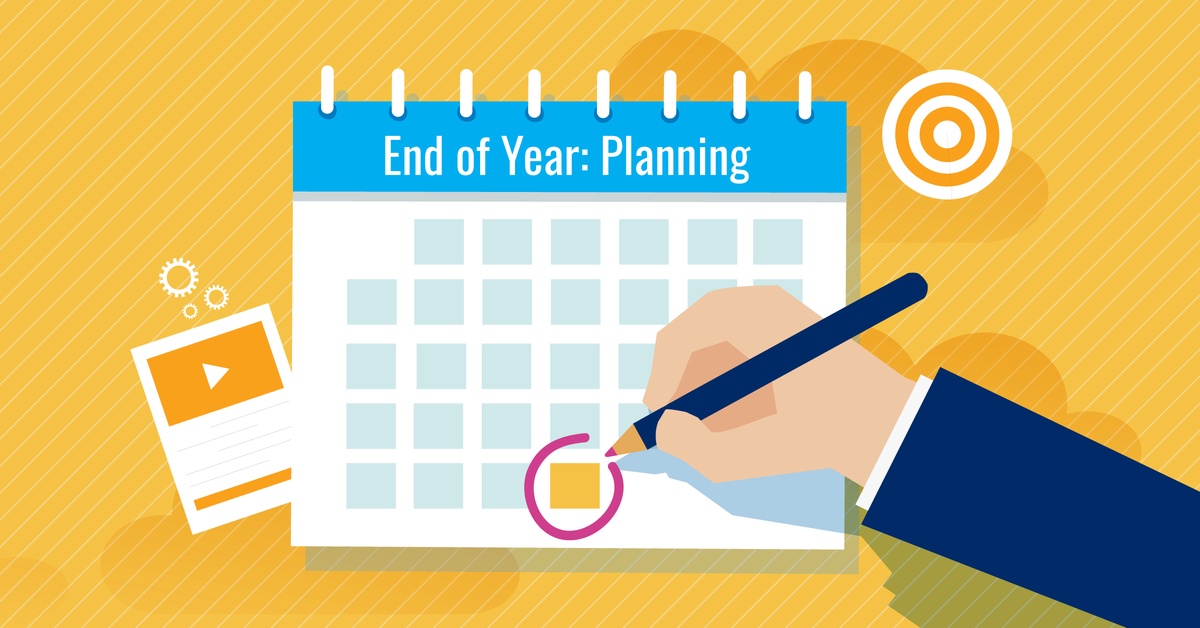As the end of the year approaches, it's essential for businesses to complete various accounting tasks to ensure financial accuracy, compliance, and preparation for the upcoming year. Whether you're a small business owner or a seasoned finance professional, having a comprehensive end-of-year accounting checklist can help you stay organized and on track.
Year end accounting marks a critical juncture for businesses, necessitating thorough review, reconciliation, and preparation of financial records. As the calendar year draws to a close, businesses embark on a comprehensive accounting process aimed at ensuring accuracy, compliance, and strategic planning for the upcoming fiscal period. In this guide, we'll provide you with an all-inclusive checklist to ensure that you cover all the necessary bases for your year-end accounting activities.
1. Review Financial Statements
Begin by reviewing your financial statements, including the income statement, balance sheet, and cash flow statement. Ensure that all accounts are reconciled, and there are no discrepancies or errors in the financial data.
2. Reconcile Bank and Credit Card Accounts
Reconcile all bank and credit card accounts to match your financial records with statements from financial institutions. Identify and resolve any discrepancies or outstanding transactions.
3. Verify Accounts Receivable and Accounts Payable
Review accounts receivable to confirm outstanding invoices and follow up with customers on overdue payments. Similarly, verify accounts payable to ensure that all vendor invoices are accounted for and payments are scheduled accordingly.
4. Assess Inventory Levels
Conduct a physical inventory count to verify the accuracy of inventory levels on hand. Adjust inventory records to reflect any discrepancies and account for shrinkage or surplus.
5. Depreciation and Amortization
Calculate depreciation and amortization expenses for fixed assets and intangible assets, respectively. Update depreciation schedules and adjust asset values accordingly to reflect changes in asset lifespans or usage.
6. Accruals and Prepayments
Review accruals and prepayments to ensure that expenses and revenues are recognized in the appropriate accounting periods. Make necessary adjustments to accurately reflect the timing of transactions.
7. Evaluate Bad Debt and Write-offs
Assess the collectability of accounts receivable and identify any potential bad debts or uncollectible amounts. Write off bad debts as necessary to reflect realistic receivable balances.
8. Review Tax Obligations
Review tax obligations for the year, including income taxes, payroll taxes, and sales taxes. Ensure that all tax filings are up to date and that any estimated tax payments for the current year have been made.
9. Document Financial Transactions
Maintain detailed documentation of financial transactions, including invoices, receipts, bank statements, and other relevant records. Organize documents for easy retrieval and reference during audits or inquiries.
10. Perform Budget Variance Analysis
Compare actual financial performance against budgeted or forecasted figures to identify variances and analyze the reasons behind them. Use variance analysis to inform future budgeting and planning decisions.
11. Assess Cash Flow
Evaluate cash flow patterns and projections to ensure adequate liquidity for operating expenses, debt service, and investment opportunities. Identify any cash flow constraints or potential funding gaps.
12. Prepare Financial Reports
Generate year-end financial reports, including profit and loss statements, balance sheets, and cash flow statements. Distribute reports to stakeholders, management, and investors as needed.
13. Review Internal Controls
Assess the effectiveness of internal controls and financial processes to mitigate risks of fraud, errors, and non-compliance. Strengthen controls where necessary to safeguard assets and enhance accountability.
14. Update Accounting Policies and Procedures
Review and update accounting policies and procedures to reflect changes in accounting standards, regulations, or business practices. Ensure that accounting policies are documented and communicated effectively to relevant stakeholders.
15. Plan for the Next Year
Develop a financial plan and budget for the upcoming year based on insights from the year-end accounting process. Set realistic goals, objectives, and targets for revenue, expenses, and profitability.
Conclusion
Completing an all-inclusive end-of-year accounting checklist is essential for businesses to ensure financial accuracy, compliance, and readiness for the new year. However, MonkTaxSolutions is always there to help you and keep staying organized throughout the year-end accounting process, businesses can maintain financial integrity, make informed decisions, and drive long-term success.


No comments yet